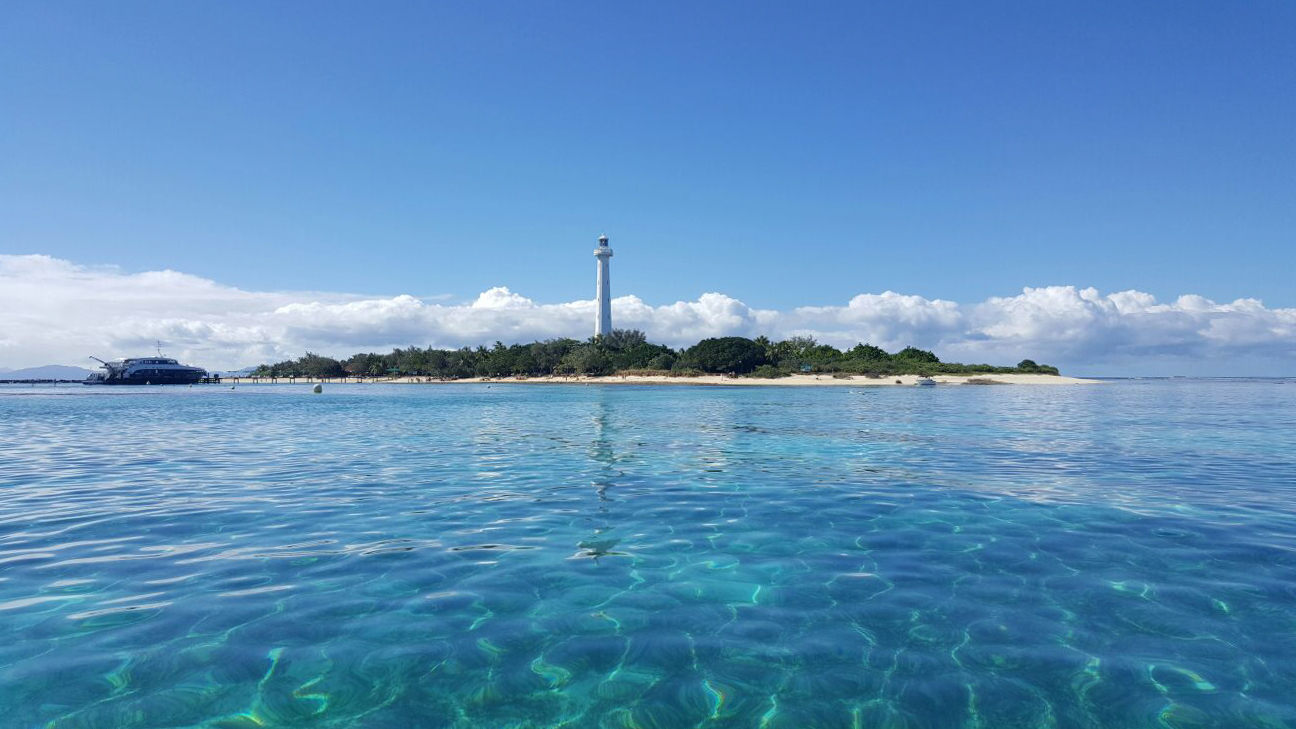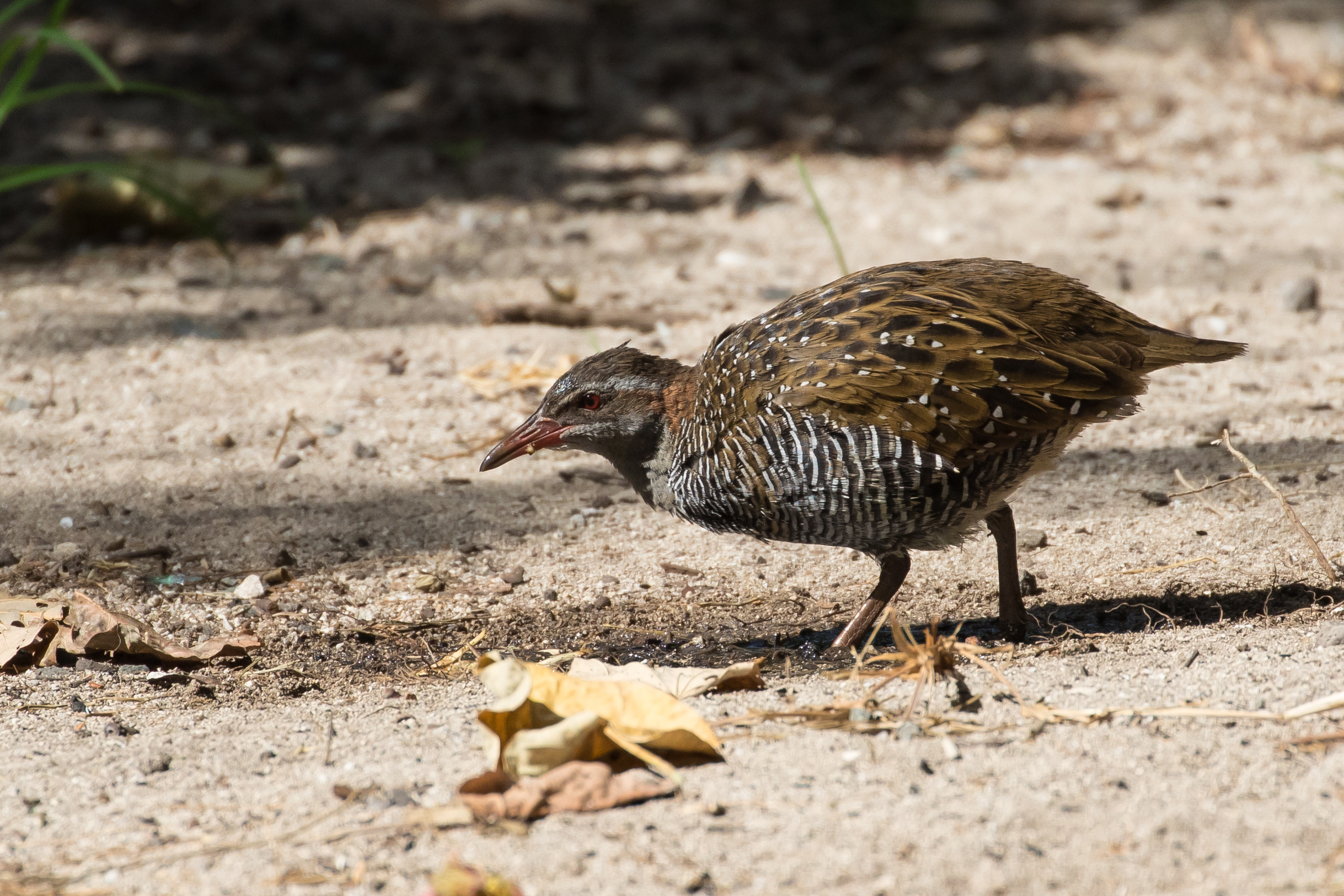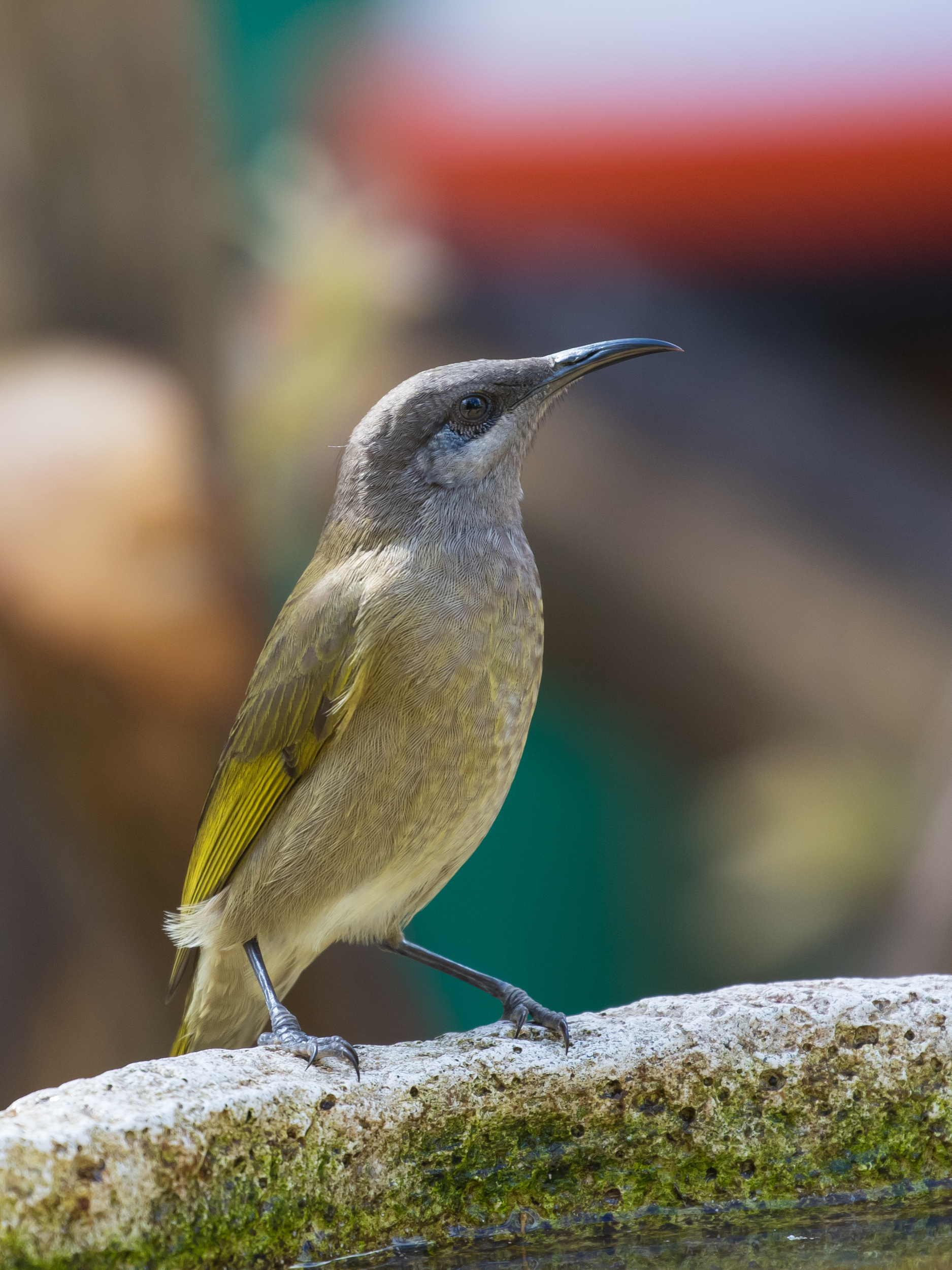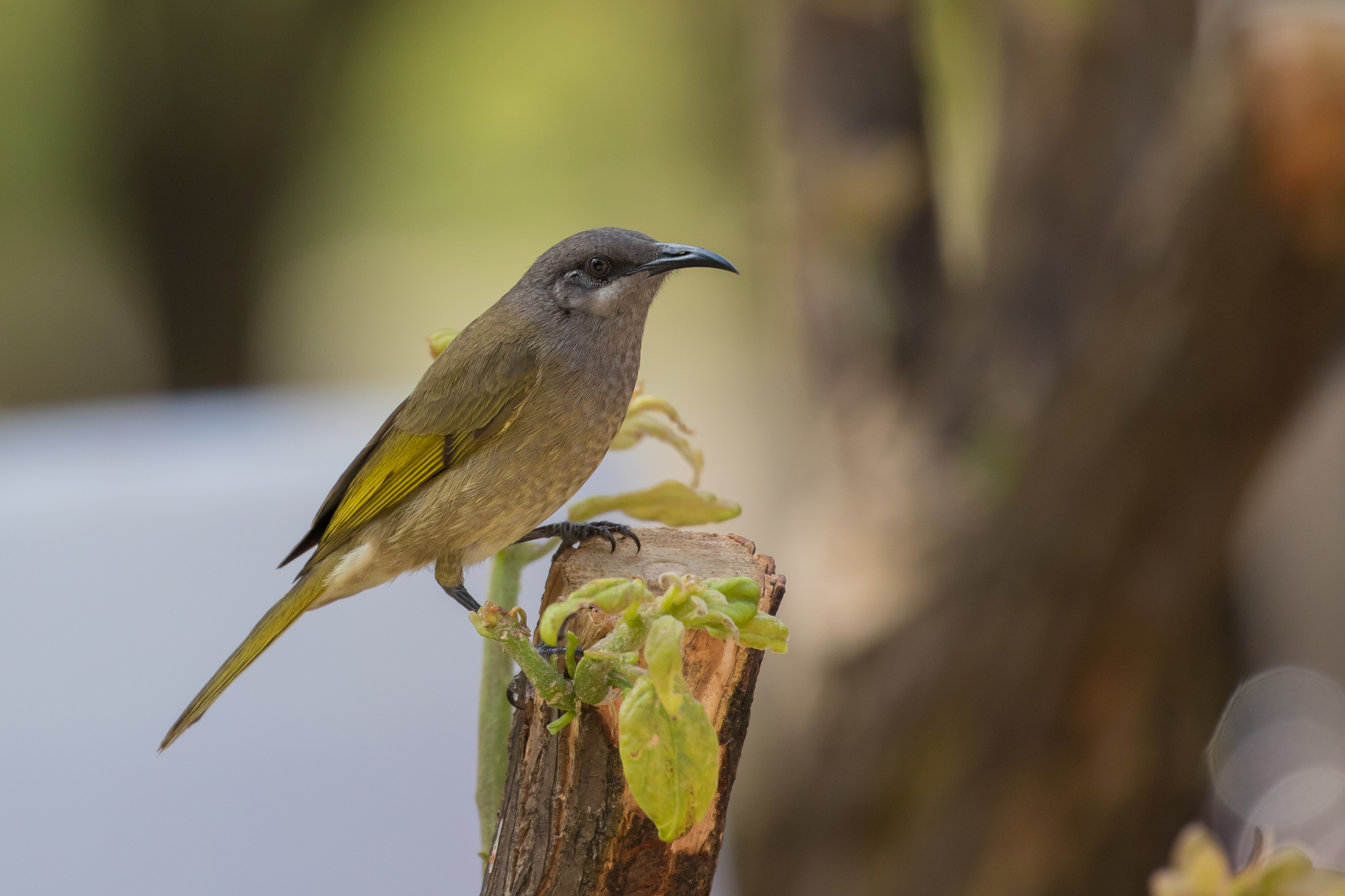It is wise to persuade people to do things and make them think it was their own idea. Nelson Mandela
Introduction
A trip to New Caledonia is on the bucket list of any world lister, especially family listers, because of one special bird – Kagu, Rhynochetos jubatus – that lives in its own taxonomic family. I first heard of this bird somewhat late in my birding existence, through the most-famous-ever thread on birdforum, “Bristol to Kagu” which I discovered when we encountered the author, Larry Wheatland (now Sweetland) on a trail on Mt Makiling in 2010. Larry and his girlfriend Nicky sold up in the UK and travelled by land and sea (eschewing air travel whenever possible) across Europe, Asia and Australasia with final destination New Caledonia. They kept a running blog/report of their travels on the thread which lasted for nearly 5 years, more than 1000 posts and c. 1800 bird species.
When we moved to Australia a few years ago I imagined that at some point I too, would try to make the trip to the French Polynesian islands that are a mere 2.5 hours’ flight from the Australian mainland. I dropped a few hints that it might be a good family holiday destination, but not often and not with much force. So it came as a very welcome surprise that somewhat independently of me, Nikki and the girls had decided that a winter sun holiday was in order, and that a trip to New Caledonia would satisfy their beach desires and also give the girls, especially Erica, a chance to practise their French. I hid my excitement at “their” choice well, and negotiated one dedicated birding day, making sure this was early in the week in case I needed to steal another later as backup.
It is winter in New Caledonia in July, but it is north of the tropic of Capricorn and so the drier season with typical average maximum temperatures around 22-23 degC. The day we arrived it had rained, but the rest of the week it was true to that balmy average, sunny and all but one day beautifully still (kite-surfers were out in force the day it was a bit windier). We spent most of the week in shorts and t-shirts, even deep into the evenings, and there was no need for wet-suits in the water with the sea, like the air, around 23 deg. I had been concerned that birds would not be calling or responsive because of the season, and though this was true to an extent, it did not cause me miss anything.
We were fortunate that Qantas had a special deal on flight prices for the time we wanted to go (c. $780 per person), and decided that we would spend all of our time on Grand Terre. We did look into travelling to Isles de Pins or Lifou, and also at a few days north of Noumea. However the ferry schedule didn’t work for us, the additional costs flights to either island (another $400 each on top) killed that plan. North of Noumea a highly recommended hotel near Bourail (and hence near Poe Beach and Parc des Grands Fougeres) had no availability for a family room the dates we needed. This meant that we stayed most of the time in Noumea (5 nights) with an extravagance of 2 nights in an islet resort a short ferry-ride from Noumea to finish the holiday off. From a birding perspective I was content with this since Grand Terre holds the majority of the endemics, and the key sites on Grand Terre are all relatively easily accessible from Noumea. The Lifou White-eyes (Small and Large) as well as the Ouvea Parakeet (split from Horned) would have to wait, along with a few small island specialists much more easily seen on Lifou or other islands than on Grand Terre.
NC has 21 endemics, not including the NC Rail and NC Owlet-nightjar which are probably extinct. My targets would nominally be the 18 on Grand Terre, plus any of the 9-10 additional restricted range birds from French Polynesia and environs. I also decided that the NC Thicketbird (Grassbird) was not worth me chasing. If I were to have tried it would have been at the site reported by Tommy Pederson (see here), but in the context of a family holiday I could not justify squeezing in the special trip required with low probability of success but high probability of ill-feeling from the rest of the crew.
The most famous site in New Caledonia is the Parc Provincial de la Riviere Bleue. It holds most of the endemics, is the most reliable site for Kagu, and the only realistic possibility for Crow Honeyeater. This exceedingly rare, large, black honeyeater, with an odd pink wattle on its face was my second-top target. It is critically endangered with apparently fewer than 250 birds left.
Prior to travelling I investigated the possibility of guided birding. Many trip reports mentioned Jean-Marc Meriot, a park ranger at Riviere Bleue who knows the birds well, and in the past he has guided birders around for a fee payable to the Parc. However when I contacted him he referred me to a new professional service, Caledonian Birds run by Isabelle Jollit. Isabelle’s quote was more than I was prepared to pay; I declined and decided I would rather find (or not) the birds myself.
Having made this decision I contacted Jean-Marc again, and he kindly provided some gen about Kagu and Crow Honeyeater. I would also seek him out once I got to the parc, where he was very friendly and helpful.
As expected I did not end up looking for the Thicketbird, but I got all of the other endemics on Grand Terre without too much difficulty, using a dedicated full day of birding plus a 2 hour stint one morning, along with keeping my eyes/ears open when doing family stuff. Of the gettable birds I missed Metallic Pigeon which only now I am back in Australia rankles a bit (having missed this in PNG and Philippines as well). However as well as seeing almost all of the birds including my top targets, we had a superb holiday, with amazing weather throughout and swimming with turtles a real highlight.
Getting to know Noumea, Sun 2nd – Tues 4th July
We arrived to NC via Brisbane, late on the evening of 2nd July. The international airport, Tontouta, is about 45min north of Noumea so by the time we had picked up our small hire car (Point Rouge), squeezed ourselves and our luggage into it, and travelled the 50km south, it was the wee hours of Monday morning before we were settled into our comfortable hotel in the south of Noumea. We had no difficulty finding the hotel – or any other spots, including the birding sites – because I had the foresight to download the maps of the relevant areas to my phone prior to travel. Map download is a relatively new service offering in the Google Maps app, and it made navigating without internet/4G a breeze.
Monday morning I bagged my first few ticks from the hotel window: a small flock of Green-backed White-eye were actively feeding in the tree outside the room, and a Coconut Lorikeet screeched conspicuously like a Rainbow (from which it has been split).

Once the rest of the family was awake we drove the 2km into the centre ville and spent a couple of hours exploring Noumea. Though the truth is, this didn’t take very long. I refused to believe the reports that dissed the town; surely there would be a charming old town with a nice café or bar, or some interesting markets, or some engaging historical or cultural attractions. Sadly, we found the reports to be mostly true. There was no charming old town that we could find. The harbour was pretty, as harbours usually are, but the rest of the town looked tired and unloved. Grafitti covers bits of most buildings and even road signs. We tried the museum, to get a sense of local history, but it was closed. We looked for interesting shops, but found only shoe shops. Our search for a pleasant café or bar to take lunch and people-watch was fruitless. In the end we retreated to Anse Vata where our hotel was situated, had lunch in an excellent (though expensive) steak restaurant, strolled along the beach and snoozed at the hotel.

I had originally lined up Tuesday as my birding day at the Parc Provicial de la Riviere Bleue. Instead, on a spur of the moment decision and overly influenced by the reduced price on offer for Tuesday, we booked a trip to Ilot Amedee, a coral atoll about 45min south of Noumea. Here we lazed on the beach, enjoyed an excellent buffet lunch with Polynesian dancing (not my cup of tea but the girls loved it), took a glass-bottomed boat trip around the reef, paddle-boarded and snorkeled and swam with turtles in crystal waters. The island is also home to a large population of Striped Sea Snakes (Tricot Rayes in French, and technically sea kraits, not sea snakes). These shy and highly venomous reptiles are amphibious, spending much of their time in the water but coming ashore to rest and lay eggs. We found a number under the boardwalk outside the café, and one even caused quite a stir when it dropped from a tree and landed in some Australian lady’s hat. Nikki and Lou had one swim under their paddle board at one point, the only one seen in the water. Although venomous, they are very shy, and their fangs are small and at the back of their mouths (unlike the terrestrial snakes of Australia from which these guys are descended) so they pose little danger to humans – you would almost have to stick your fingers into the snake’s mouth to be injected with poison.







Birding-wise it was not a day to write much about. I kept my eyes peeled on the trip over for pelagic birds but saw a few Silver Gulls and a single Greater-crested Tern. A nectar station next to the restaurant had a constant stream of characterful Grey-eared Honeyeaters visiting (my first good looks at this near-endemic), and a few very tame Buff-banded Rails wandered about the lawns. A White-eye that I uncritically and stupidly initially noted as Green-backed was, on reflection, a Silvereye, identified by its decidedly not-green, but grey back.
to be continued…




